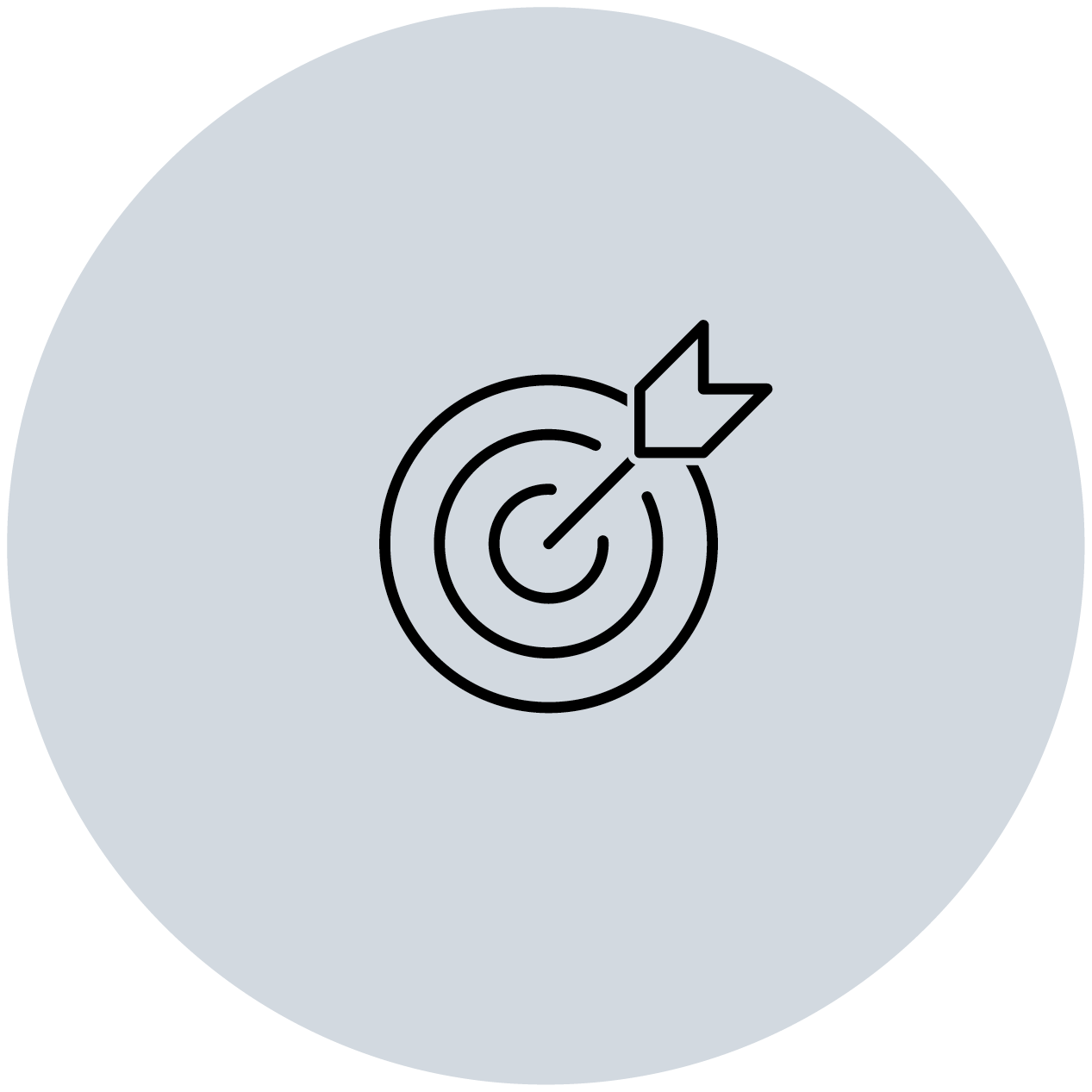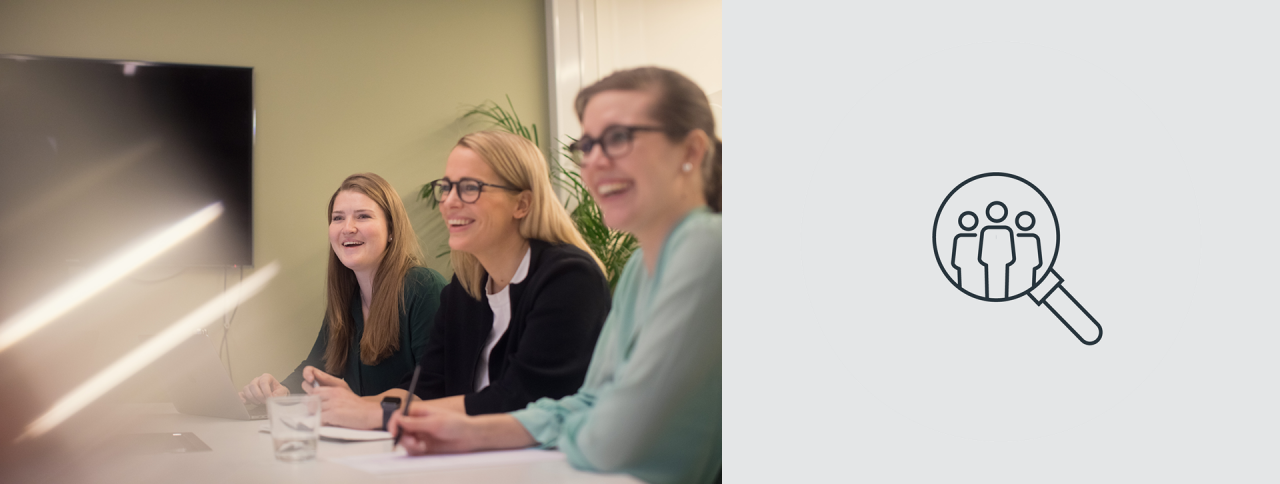Do you have tools you don’t use, or don’t know how to use?
You might have a tool in a drawer or in the garage that you don’t use. Maybe something like a drill or a technical gadget you got for Christmas. Then you have probably also experienced that it doesn’t matter how good the tool is if you don’t use it, or know how to use it. The effect is the hole in the wall that the drill makes, not the drill itself.
We at Task develop tools for learning and change for large companies every day. However, we notice a wide range in the long-term effects that are experienced. Here, implementation is key. The word implement comes from the Latin “implere” which means “to fill, to finish”. In other words, implement means to achieve, complete, execute or realise, words that are associated with creating effect.
When we talk about implementing tools, such as an e-learning programme, learning management system (LMS), gamification or using TalkTable, we think of the soft side, whether that be anchoring, marketing, launch and/or follow-up. We also think of the hard side, which can be placement on a platform and integration with existing systems.
We have experienced that the following four phases are particularly important to successful implementation:
Planning
It’s too late to start implementation when the tool is ready for launch. The implementation and the tool provide guidance for each other and reinforce each other. Good planning therefore starts at the same time as the development of the tool, and preferably as part of the needs assessment or learning design. The planning includes leadership anchoring, which venues can be used for launch, the right channels, marketing materials, campaigns, support tools, platforms, etc.
Execution
There are few tools or measures that go by themselves. When you’re ready to execute, it’s important that enough time is set aside, that it’s perceived as important enough, that it receives sufficient attention and that it’s easily accessible. How the measure is executed and implemented depends on a number of factors such as physical location, ease of access to technology, access to desktop/laptop/mobile, LMS, time available, etc. The most successful implementations are a high priority for the management team, are given space, are easy to use, and not least of all, are engaging.
Measurement
In our experience, the most successful projects are measured. Sometimes that can be challenging, often because it is difficult to set measurable KPIs. Our philosophy is that it’s better to measure something than not to measure at all. For example, measurements of completion rate and satisfaction can be obtained with statistics and good surveys. When measuring the effect of learning or the effectiveness for the organisation, such as the bottom line effect and internal brand strength, more complex measurements are required. At Task, we have our own insight department which, in collaboration with our educators, helps to set good goals, measure them along the way and interpret the insights afterwards.
Follow-up
Real change takes place in the work that gets done day-to-day, so follow-up is very important. Measurement is a good starting point for follow-up, since it can point to what’s working and what’s not. Good leaders know it’s important to follow up on change projects, but there’s often lots of room for improvement in how to do just that. Our advisers tailor follow-up programmes for leaders, mentors and ambassadors that ensure long term behaviour change and the desired effect.



